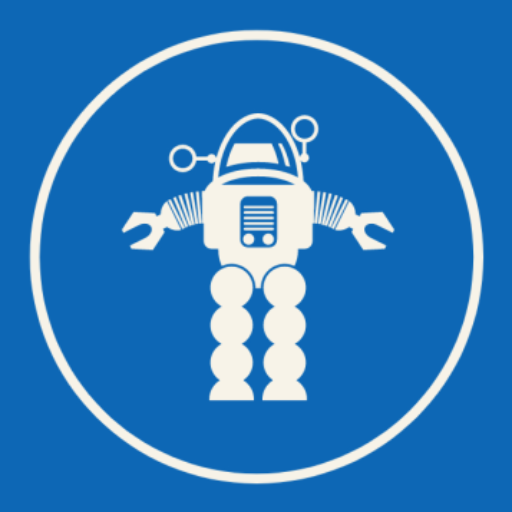Latest from MIT : Generating the policy of tomorrow
As first-year students in the Social and Engineering Systems (SES) doctoral program within the MIT Institute for Data, Systems, and Society (IDSS), Eric Liu and Ashely Peake share an interest in investigating housing inequality issues. They also share a desire to dive head-first into their research. “In the first year of your PhD, you’re taking…
